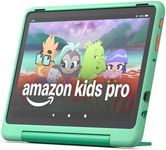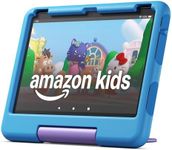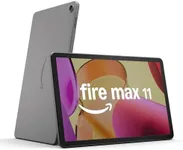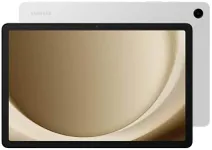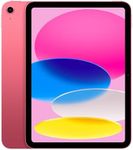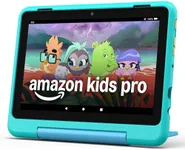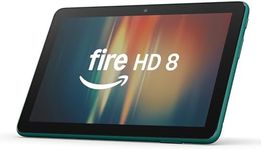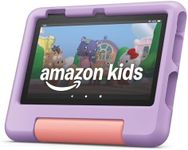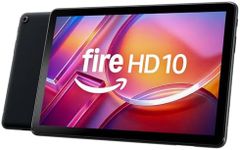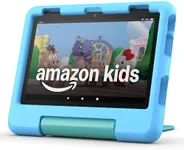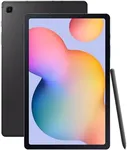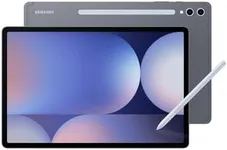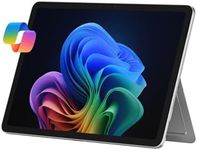Buying Guide for the Best Tablets For Students
Choosing the right tablet for students involves considering several key factors that will ensure the device meets their academic needs and personal preferences. Tablets can be a great tool for studying, taking notes, reading, and even entertainment. To make an informed decision, it's important to understand the key specifications and how they align with the student's requirements.Display SizeThe display size of a tablet is measured diagonally in inches and determines how large the screen is. This is important because it affects the ease of reading, note-taking, and multitasking. Smaller tablets (7-8 inches) are more portable and easier to carry around, making them ideal for younger students or those who need a lightweight device. Medium-sized tablets (9-10 inches) offer a balance between portability and screen real estate, suitable for most students. Larger tablets (11 inches and above) provide more space for multitasking and are great for students who need to view multiple documents or use split-screen features.
Battery LifeBattery life indicates how long a tablet can operate on a single charge. This is crucial for students who need to use their tablet throughout the day without frequent recharging. Tablets with a battery life of 8-10 hours are generally sufficient for a full day of classes and study sessions. If the student has long days or limited access to charging points, opting for a tablet with longer battery life (10-12 hours or more) would be beneficial.
Storage CapacityStorage capacity refers to the amount of internal space available for apps, documents, photos, and other files. This is important for students who need to store textbooks, notes, and multimedia files. Tablets typically come with storage options ranging from 32GB to 256GB or more. For basic use, 32GB might be enough, but for students who need to store a lot of data or download large apps, 64GB or higher is recommended. Some tablets also offer expandable storage via microSD cards, which can be a flexible option.
Operating SystemThe operating system (OS) determines the user interface and the types of apps available. The main options are iOS (Apple), Android, and Windows. iOS is known for its smooth performance and extensive app ecosystem, making it a good choice for students who use a lot of educational apps. Android offers more customization and a wide range of devices at different price points. Windows tablets are ideal for students who need to run desktop applications and prefer a more traditional computing experience. The choice of OS should align with the student's familiarity and the specific apps they need for their studies.
Performance (Processor and RAM)Performance is determined by the tablet's processor (CPU) and RAM. This affects how smoothly the tablet runs apps and handles multitasking. For basic tasks like note-taking and browsing, a mid-range processor and 2-4GB of RAM are usually sufficient. For more demanding tasks like video editing, running multiple apps simultaneously, or using resource-intensive educational software, a higher-end processor and 4-8GB of RAM or more would be better. Students should consider their specific use cases to determine the right level of performance.
ConnectivityConnectivity options include Wi-Fi, cellular (LTE/5G), and various ports (USB, HDMI, etc.). Wi-Fi is essential for accessing online resources and cloud storage. Cellular connectivity allows students to access the internet on the go, which can be useful for those who travel frequently or don't always have access to Wi-Fi. Additionally, having ports like USB or HDMI can be important for connecting peripherals like keyboards, mice, or external displays. Students should consider their connectivity needs based on their study habits and environments.
Stylus SupportStylus support refers to the tablet's ability to work with a digital pen for writing or drawing. This is particularly important for students who prefer taking handwritten notes, drawing diagrams, or engaging in creative tasks. Some tablets come with a stylus included, while others require a separate purchase. If note-taking or drawing is a significant part of the student's routine, choosing a tablet with good stylus support and responsiveness is essential.
